Poly Aluminium Chloride
- Composition : Poly Aluminium Chloride
- Specification: 25kg/bag
- Origin: India/China
- Price: Contact 028.37437118
Application :
– PAC Chemical is a type of aluminum alum that exists in the form of a polymer (polymer). Currently, PAC is produced in large amount and widely used in advanced countries to replace aluminum alum sulfate in domestic water and wastewater treatment.
– Used to treat wastewater containing suspended residues such as industrial wastewater from ceramics, brick, paper, dyeing, seafood processing factories, export processing zones, wastewater from electronics and leather industries.
Advantages of P.A.C chemical:
– High stability of pH, easy to adjust pH when handling, so it saves chemicals used to increase alkalinity and accompanying equipment such as metering pumps and chemical tanks compared to using aluminum alum.
– Reduce the volume of sludge when handling.
– Increase the clarity of the water, prolong the filtration cycle, increase the quality of the water after filtration.
– Low dosage, large residue, easy to settle.
– Less equipment corrosion.
– P.A.C works best in the pH range = 6.5-8.5. Therefore, at this pH, heavy metal ions are all precipitated and sink to the bottom or stick to colloidal particles to form.
Defect: Because it is very effective at low doses, giving too much P.A.C will cause the colloidal particles to dissolve.
User manual:
– Prepare a solution of 5-10% into the source water to be treated.
– Dosage for 1m3 of river and lake water:
+ For water with low turbidity: 1 – 4g PAC
+ For water with medium turbidity: 5-7g PAC
+ For water with high turbidity: 7-10g PAC
– The dosage of wastewater treatment (paper mill, textile, dyeing, cattle slaughter…) is from 20 – 200g/m3 depending on the suspended matter content and wastewater characteristics.
– Standard P.A.C content is determined practically for each type of water to be treated.
Be the first to review “Poly Aluminium Chloride” Cancel reply
Related products
MATERIALS FOR AQUATIC VETERINARY MEDICINE
KILLING SYMPTOMS OF AQUATIC DISEASE
ADDITIVES
NUTRITION
NUTRITION
MATERIALS FOR AQUATIC VETERINARY MEDICINE
NUTRITION
MATERIALS FOR AQUATIC VETERINARY MEDICINE

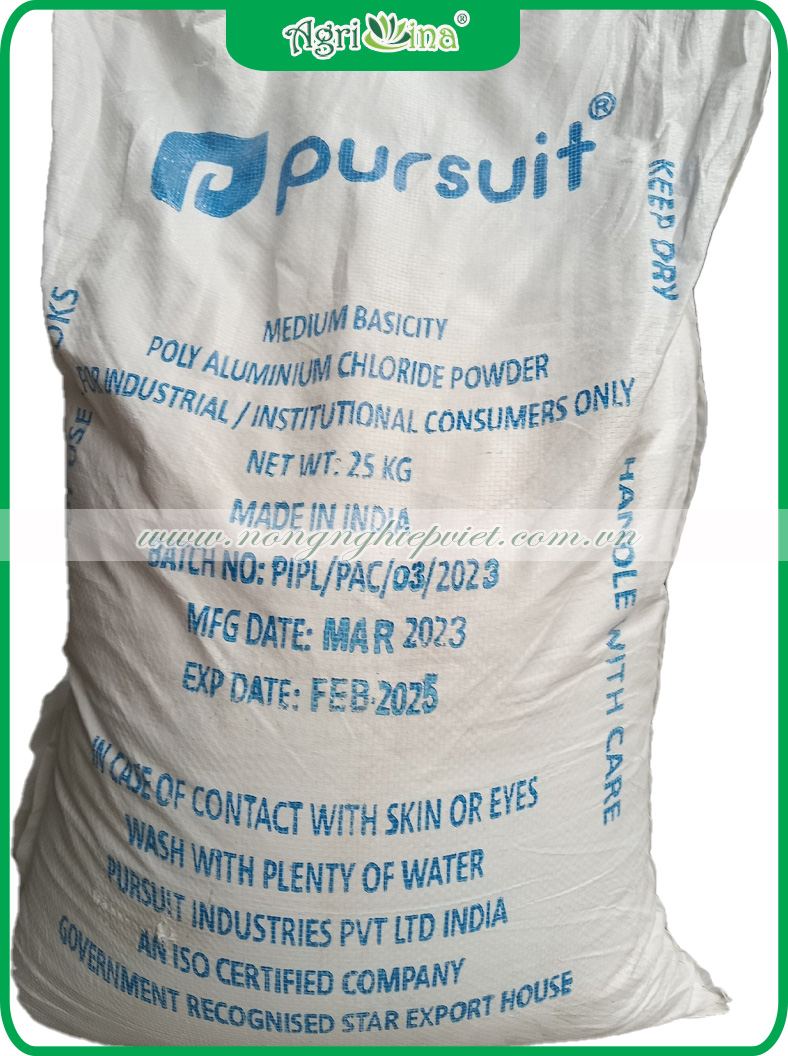
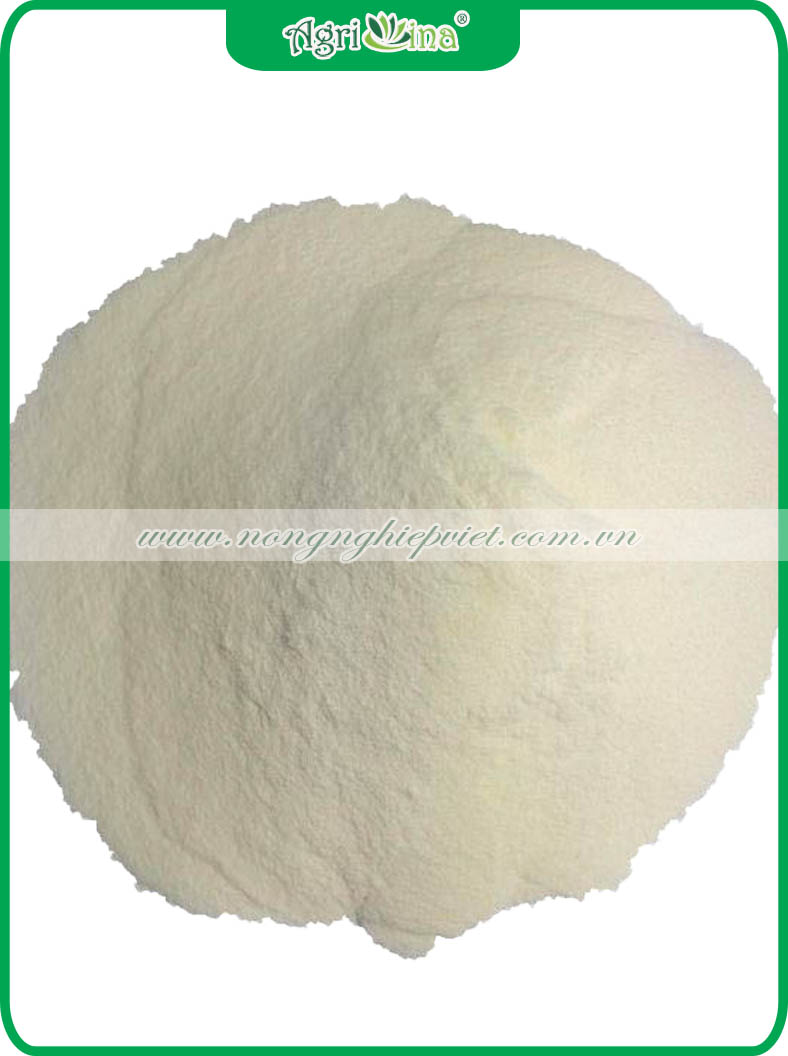
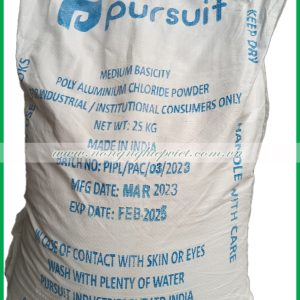
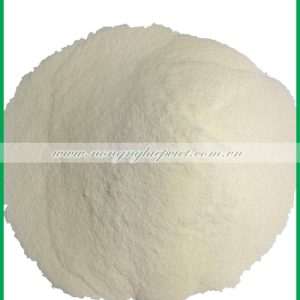

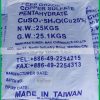

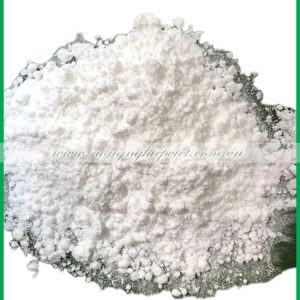

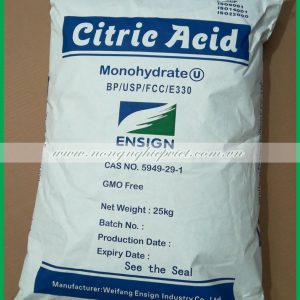
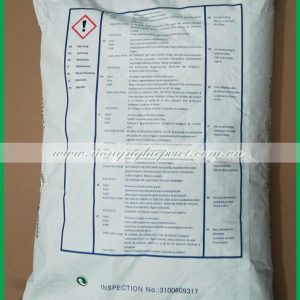
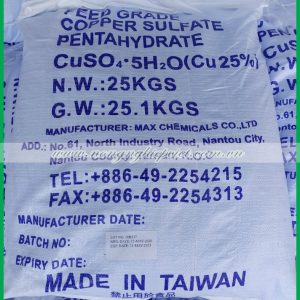
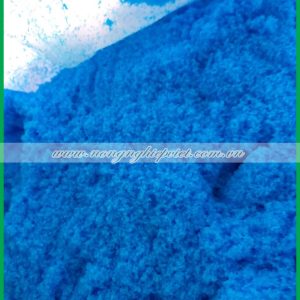
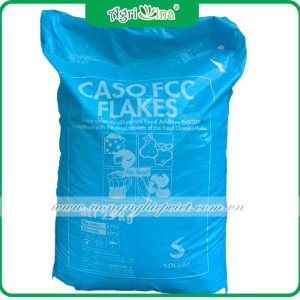

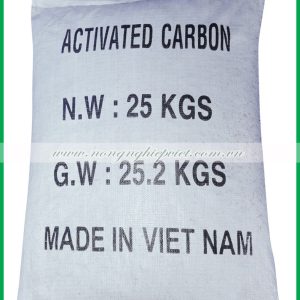
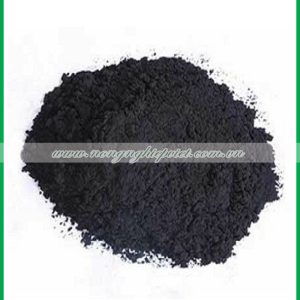


Reviews
There are no reviews yet.